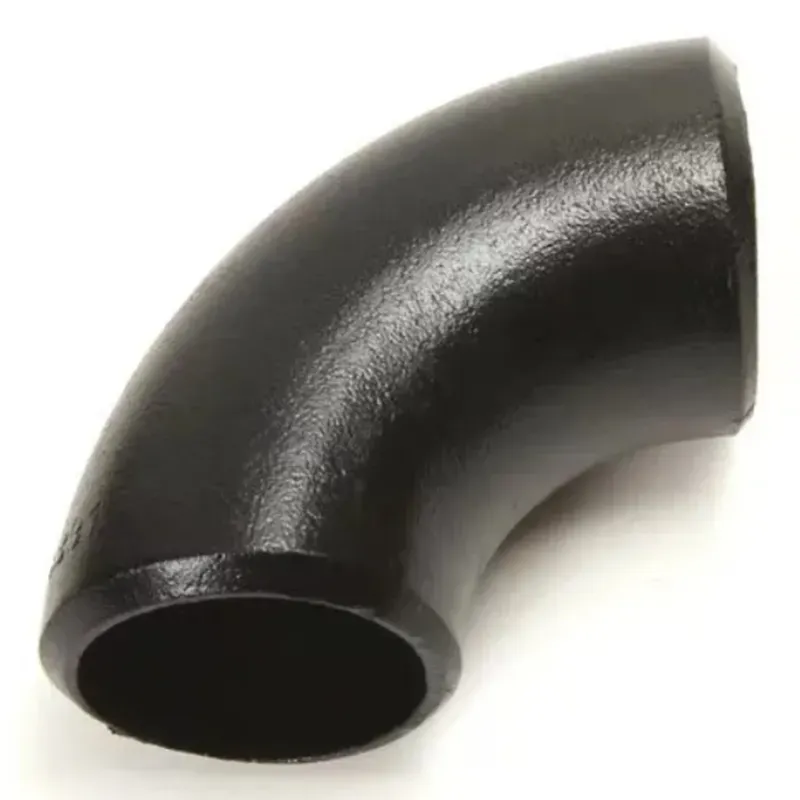-
Cangzhou Yulong Steel Co., Ltd.
-
Phone:
+86 13303177267 -
Email:
admin@ylsteelfittings.com
- English
- Arabic
- Italian
- Spanish
- Portuguese
- German
- kazakh
- Persian
- Greek
- French
- Russian
- Polish
- Thai
- Indonesian
- Vietnamese
- Zulu
- Korean
- Uzbek
- Hindi
- Serbian
- Malay
- Ukrainian
- Gujarati
- Haitian Creole
- hausa
- hawaiian
- Hebrew
- Miao
- Hungarian
- Icelandic
- igbo
- irish
- Japanese
- Javanese
- Kannada
- Khmer
- Rwandese
- Afrikaans
- Albanian
- Amharic
- Armenian
- Azerbaijani
- Basque
- Belarusian
- Bengali
- Bosnian
- Bulgarian
- Catalan
- Cebuano
- China
- China (Taiwan)
- Corsican
- Croatian
- Czech
- Danish
- Esperanto
- Estonian
- Finnish
- Frisian
- Galician
- Georgian
- Kurdish
- Kyrgyz
- Lao
- Latin
- Latvian
- Lithuanian
- Luxembourgish
- Macedonian
- Malgashi
- Malayalam
- Maltese
- Maori
- Marathi
- Mongolian
- Myanmar
- Nepali
- Norwegian
- Norwegian
- Occitan
- Pashto
- Dutch
- Punjabi
- Romanian
- Samoan
- Scottish Gaelic
- Sesotho
- Shona
- Sindhi
- Sinhala
- Slovak
- Slovenian
- Somali
- Sundanese
- Swahili
- Swedish
- Tagalog
- Tajik
- Tamil
- Tatar
- Telugu
- Turkish
- Turkmen
- Urdu
- Uighur
- Welsh
- Bantu
- Yiddish
- Yoruba

Nov . 17, 2024 12:46 Back to list
flange en 1092 1 pn10
Understanding EN 1092-1 Flanges A Comprehensive Overview
Flanges are integral components in piping systems, playing a crucial role in connecting pipes, valves, pumps, and other equipment. Among the various standards governing flanges, EN 1092-1 is one of the most widely recognized in Europe and beyond. This standard specifies the requirements for flanges made of different materials, particularly for general applications, and is essential for ensuring safety and compatibility in engineering projects.
What is EN 1092-1?
EN 1092-1 is a European standard that outlines the specifications for circular flanges, including their dimensions, mechanical properties, and tolerances. The framework defines various flange types classified by their nominal pressure, size, and materials. A popular designation under this standard is PN10, which refers to a nominal pressure rating of 10 bar. This means that the flange is suitable for applications where the working pressure does not exceed 10 bars.
Material Specifications
Flanges according to EN 1092-1 can be manufactured from various materials including carbon steel, stainless steel, and alloyed steel. Each material offers specific strengths, corrosion resistance, and mechanical properties, making it suitable for different applications. For instance, stainless steel flanges are often employed in corrosive environments such as chemical processing or wastewater treatment due to their superior resistance to corrosion and rust. On the other hand, carbon steel flanges may be used in standard applications where cost is a significant factor.
Types of Flanges under EN 1092-1
EN 1092-1 covers a range of flange types, including
1. Blind Flanges Used to close off a piping system and prevent the flow of fluids or gases. 2. Slip-On Flanges Designed to fit over the end of a pipe, these flanges are easy to install and provide good strength when welded. 3. Weld Neck Flanges Featuring a long tapered neck, these flanges are ideal for high-pressure applications and are welded to the pipe, providing strength and resistance to stress concentrations. 4. Socket Weld Flanges These are used for small-diameter piping and feature a socket that the pipe fits into, allowing for a strong welded joint. 5. Lap Joint Flanges Usually used in conjunction with a stub end, these flanges allow for alignment of the flanged connection and ease of disassembly.
flange en 1092 1 pn10

Size and Standardization
Sizes of flanges under EN 1092-1 are standardized, making it easier for engineers and technicians to select the right flange for their application. The flanges are available in various diameters and thicknesses, with specific dimensions defined in the standard. This ensures compatibility across different manufacturers and simplifies the procurement process.
Applications of PN10 Flanges
PN10 flanges are commonly found in various industries, including water treatment, chemical processing, and oil and gas exploration. Their versatility and reliability make them a favorite choice for many engineers. The pressure rating allows their use in moderately pressurized systems, making them suitable for applications like pumping stations, treatment plants, and low-pressure gas distribution.
Installation and Maintenance
Proper installation and maintenance of EN 1092-1 PN10 flanges are crucial for ensuring the integrity of the piping system. When installing these flanges, it is essential to use the appropriate gaskets and bolts to ensure a secure and leak-proof connection. Regular inspections should be conducted to identify signs of wear, corrosion, or leaks, allowing for timely maintenance and repairs.
Conclusion
EN 1092-1 flanges, particularly those rated PN10, play a vital role in the functionality and safety of piping systems across numerous industries. Understanding their specifications, types, and applications enables engineers and technicians to make informed decisions when designing and implementing piping solutions. With the correct selection, these flanges contribute significantly to the efficiency and reliability of fluid transfer systems, demonstrating the importance of adhering to established standards in engineering practices. Ensuring compatibility and quality through standardization, like that provided by EN 1092-1, is essential for the future of safe and efficient industrial operations.
Latest news
-
ANSI 150P SS304 SO FLANGE
NewsFeb.14,2025
-
ASTM A333GR6 STEEL PIPE
NewsJan.20,2025
-
ANSI B16.5 WELDING NECK FLANGE
NewsJan.15,2026
-
ANSI B16.5 SLIP-ON FLANGE
NewsApr.19,2024
-
SABS 1123 FLANGE
NewsJan.15,2025
-
DIN86044 PLATE FLANGE
NewsApr.19,2024
-
DIN2527 BLIND FLANGE
NewsApr.12,2024
-
JIS B2311 Butt-Welding Fittings LR/SR 45°/90° /180°Seamless/Weld
NewsApr.23,2024











